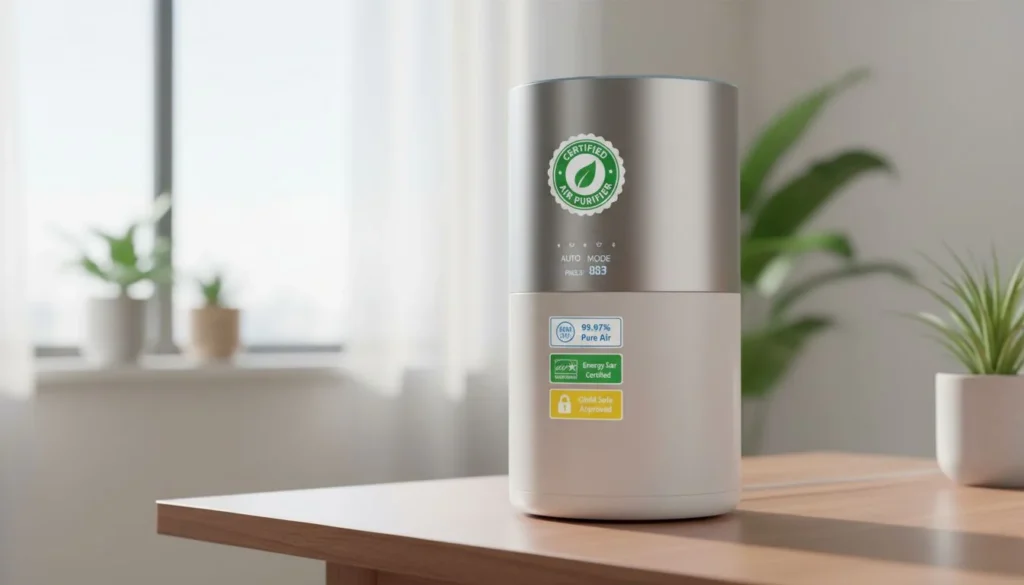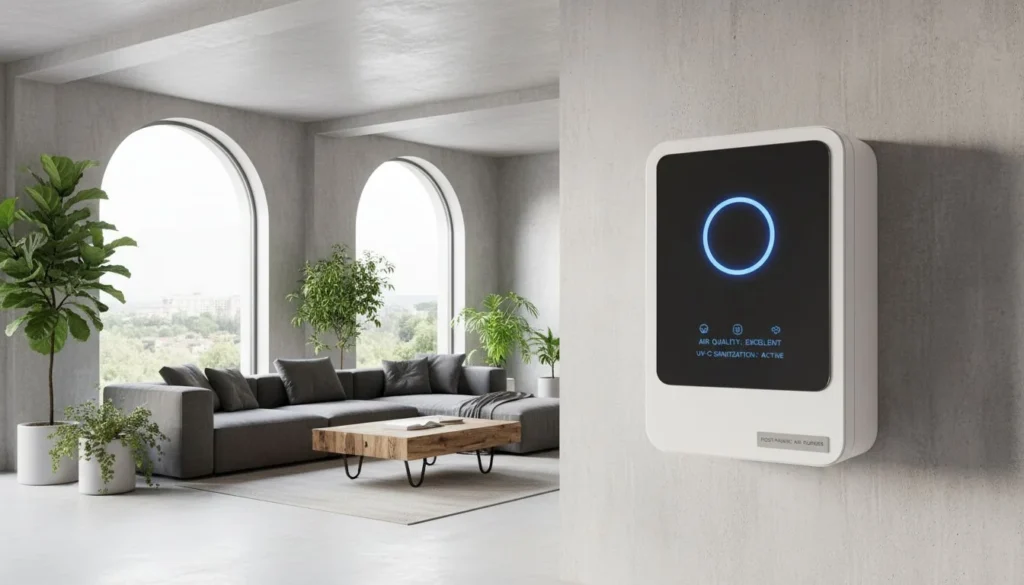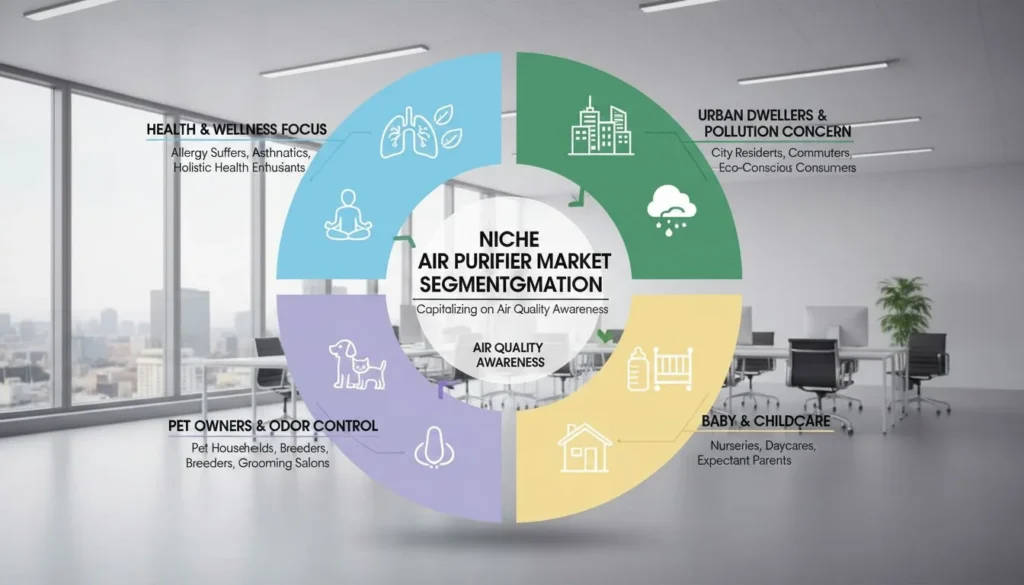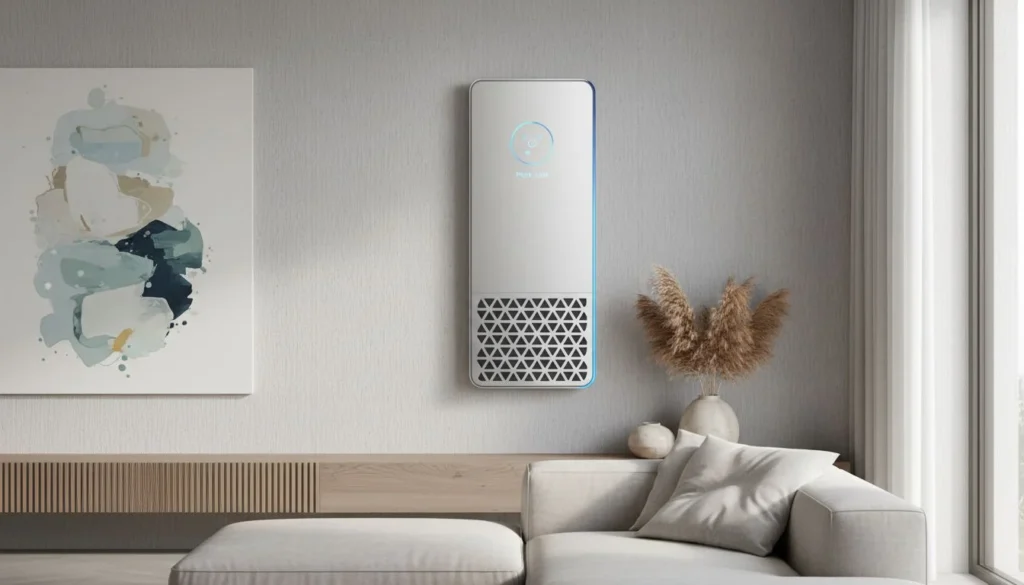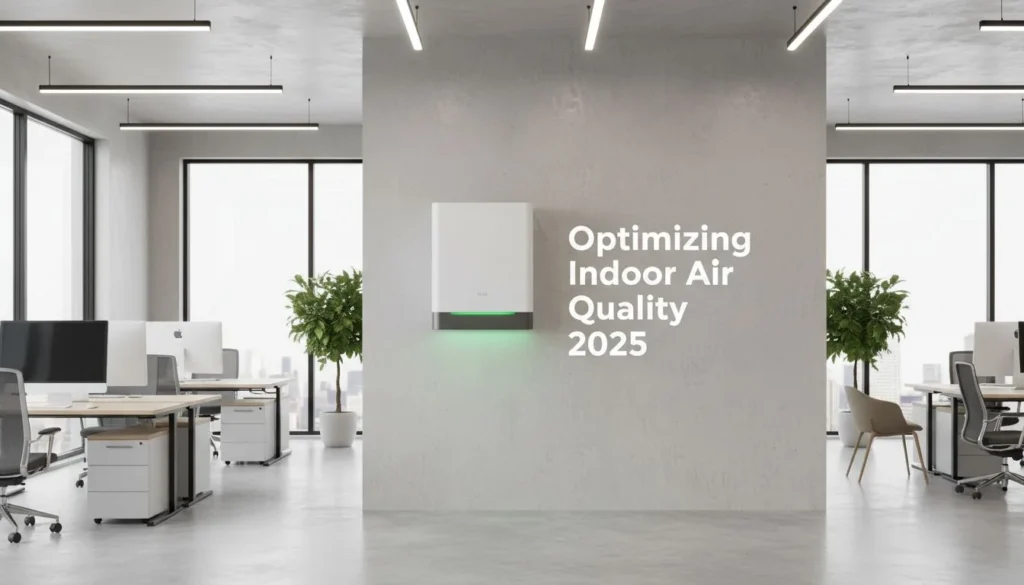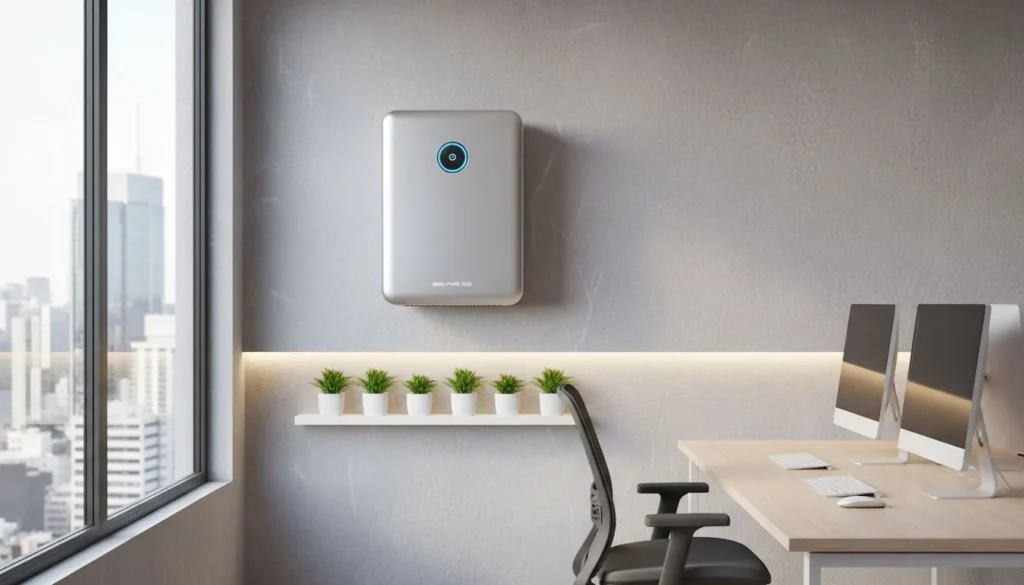
Esplorare il mercato dei purificatori d'aria sembra un percorso confuso, vero? Con così tante scelte, la chiarezza dei prezzi aiuta molto gli acquirenti.
La trasparenza dei prezzi da parte dei fornitori di depuratori d'aria consente ai rivenditori di prendere decisioni di acquisto informate, di allinearsi alle aspettative di onestà dei consumatori e di promuovere la fiducia nel mercato. Strategie di prezzo trasparenti possono migliorare le relazioni commerciali e portare a risultati di vendita migliori.
Immaginate di togliere gli strati di una cipolla: man mano che se ne scoprono altri, tutto diventa più chiaro. Questo è simile alla comprensione della trasparenza dei prezzi e di come essa influenzi la fiducia, la concorrenza e i piani di mercato. Rimanete qui per capire perché è importante per il successo nella catena di fornitura di oggi.
La trasparenza dei prezzi crea fiducia nei consumatori nei confronti dei depuratori d'aria.Vero
La chiarezza dei prezzi aiuta gli acquirenti a comprendere le spese, creando fiducia e credibilità.
In che modo la trasparenza dei prezzi influisce sulla fiducia dei consumatori nei depuratori d'aria?
La fiducia dei clienti nei depuratori d'aria dipende da prezzi onesti che dimostrino valore e onestà.
La trasparenza dei prezzi dei purificatori d'aria crea fiducia nei consumatori, assicurando che gli acquirenti capiscano per cosa stanno pagando e promuovendo un senso di onestà e credibilità nelle comunicazioni del marchio.
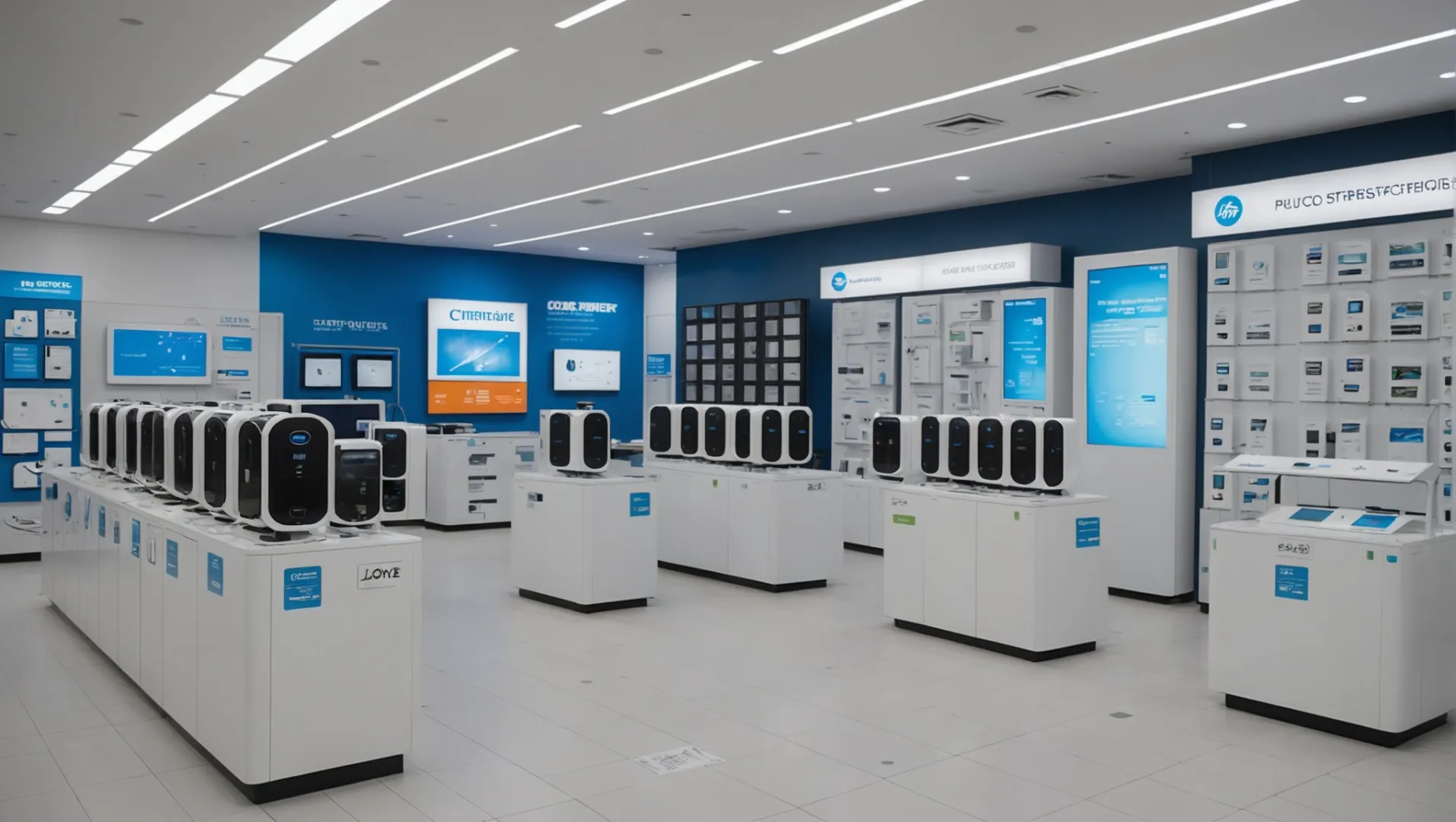
L'importanza di una chiara determinazione dei prezzi per creare fiducia
La chiarezza dei prezzi è fondamentale per creare fiducia tra i clienti e le aziende di purificatori d'aria. Quando le aziende mostrano apertamente i prezzi, i clienti si sentono più sicuri nelle loro scelte di acquisto. Condividere le informazioni sui costi per R&S1I materiali e le caratteristiche aiutano i clienti a capire il valore reale del loro acquisto.
Ad esempio, se un purificatore d'aria costa di più a causa di filtri avanzati o di funzioni intelligenti extra, i clienti apprezzano il fatto di sapere come queste parti si aggiungono al prezzo totale. Questa conoscenza chiarisce il valore del prodotto e riduce i dubbi di pagare troppo.
Effetto sulla fiducia e sulla fedeltà al marchio
La chiarezza dei prezzi non riguarda solo le vendite rapide, ma influisce sulla fiducia a lungo termine nel marchio. I clienti tendono a rimanere fedeli a un marchio che condivide apertamente le informazioni. Un marchio che utilizza sempre prezzi chiari può costruirsi una solida reputazione di onestà, che è fondamentale per il repeat business.
Immaginate due aziende produttrici di purificatori d'aria: una condivide informazioni dettagliate sui costi, l'altra no. Nel corso del tempo, le persone potrebbero scegliere il marchio che mostra chiaramente i suoi prezzi, ritenendolo più affidabile.
Colmare il divario di conoscenze
Gli studi di mercato dimostrano che molti clienti non comprendono appieno il funzionamento dei depuratori d'aria. La chiarezza dei prezzi aiuta a colmare questo divario, spiegando il costo delle diverse funzioni. Quando le persone sanno per cosa stanno pagando, si fidano di più dell'acquisto e si sentono soddisfatte della loro scelta.
Consideriamo una tabella che confronta i prezzi di due depuratori d'aria:
| Caratteristica | Modello A Costo | Modello B Costo |
|---|---|---|
| Filtrazione HEPA | $50 | $60 |
| Connettività intelligente | $30 | $20 |
| Efficienza energetica | $40 | $30 |
| Certificazioni ambientali | $20 | $25 |
Questa chiarezza aiuta i clienti a scegliere in base alle caratteristiche che ritengono più importanti.
Il vantaggio di essere chiari
In un mercato in cui le persone stanno lentamente diventando più consapevoli, la chiarezza dei prezzi rappresenta un vantaggio. I negozi e i marchi con prezzi aperti possono distinguersi dai rivali che non li condividono altrettanto apertamente. Questo può attirare nuovi clienti che apprezzano l'onestà e la chiarezza delle informazioni al momento dell'acquisto.
Creando fiducia con prezzi chiari, le aziende e i venditori di depuratori d'aria possono rafforzare la loro posizione sul mercato e migliorare le relazioni con i clienti.
La trasparenza dei prezzi aumenta la credibilità del marchio.Vero
I clienti hanno più fiducia nei marchi quando questi descrivono chiaramente i costi.
La mancanza di trasparenza porta ad un aumento delle vendite.Falso
Le persone apprezzano i marchi con prezzi chiari, che creano fiducia.
Che ruolo ha la trasparenza dei prezzi nelle relazioni tra rivenditori e fornitori?
La chiarezza dei prezzi è importante per favorire i legami tra rivenditori e fornitori, per creare fiducia e lavoro di squadra.
La trasparenza dei prezzi migliora la comunicazione e la fiducia tra rivenditori e fornitori, garantendo trattative eque e partnership sostenibili. Comprendendo le rispettive strutture di costo, entrambe le parti possono allinearsi meglio sugli obiettivi strategici e migliorare l'efficienza della catena di fornitura.

Creare fiducia e comunicazione
La trasparenza dei prezzi funge da base per l'apertura comunicazione2 tra rivenditori e fornitori. Quando i fornitori rendono note le loro strutture di prezzo, riducono l'incertezza e favoriscono un ambiente di fiducia. È più probabile che i rivenditori si sentano sicuri della correttezza dei prezzi che stanno pagando, il che può portare a trattative e partnership più efficaci.
- Esempio: Un fornitore che offra una ripartizione dettagliata dei costi aiuta i rivenditori a comprendere i costi di un'azienda. impatto dei costi di R&S3 sui prezzi finali dei prodotti, garantendo l'allineamento di entrambe le parti.
Facilitare negoziati equi
L'inclusione di prezzi trasparenti nelle trattative porta ad accordi più equi. I rivenditori possono anticipare meglio le variazioni di prezzo e adattare di conseguenza le loro strategie di acquisto. Questa chiarezza aiuta anche ad affrontare potenziali problemi di scarsità4 consentendo una pianificazione proattiva delle scorte.
- Esempio: I rivenditori potrebbero negoziare sconti su grandi quantità o promozioni stagionali con i fornitori sulla base di una chiara visione dei costi, allineandosi agli obiettivi finanziari di entrambe le parti.
Migliorare l'allineamento strategico
La trasparenza dei prezzi consente l'allineamento strategico tra rivenditori e fornitori, rivelando i vantaggi reciproci nella catena di fornitura. Entrambe le parti possono collaborare sulle strategie di posizionamento dei prodotti, facendo leva su ricerca di mercato5 per aumentare la consapevolezza e la domanda dei consumatori.
- Esempio: Se un rivenditore comprende il valore del marchio di un purificatore d'aria, può posizionarlo meglio insieme a prodotti complementari, migliorando le vendite complessive.
Promuovere partnership a lungo termine
Una trasparenza costante aiuta a costruire relazioni a lungo termine, creando una reputazione di onestà e affidabilità. I fornitori che praticano la trasparenza sono spesso percepiti come partner piuttosto che come semplici venditori, il che favorisce la fedeltà dei rivenditori.
- Esempio: Un fornitore che fornisce informazioni sulle fluttuazioni dei costi dovute ai cambiamenti economici dimostra il suo impegno per il successo del rivenditore, rafforzando il loro legame.
La trasparenza dei prezzi favorisce la fiducia nei legami tra dettagliante e fornitore.Vero
Abbassa i dubbi, creando un'area amichevole per tutte le parti.
La trasparenza dei prezzi complica le trattative tra dettaglianti e fornitori.Falso
In realtà semplifica i colloqui spiegando i sistemi di prezzo.
La trasparenza dei prezzi può influenzare le dinamiche competitive nel mercato dei depuratori d'aria?
Nel mondo in rapida evoluzione dei depuratori d'aria, la chiarezza dei prezzi può davvero cambiare il modo in cui le aziende competono.
La trasparenza dei prezzi nel mercato dei purificatori d'aria può cambiare le dinamiche competitive, livellando il campo di gioco, consentendo ai consumatori di fare scelte informate e incoraggiando una concorrenza leale tra i marchi. Questo approccio può stimolare l'innovazione e l'efficienza, in quanto le aziende si sforzano di soddisfare le aspettative dei consumatori mantenendo prezzi competitivi.
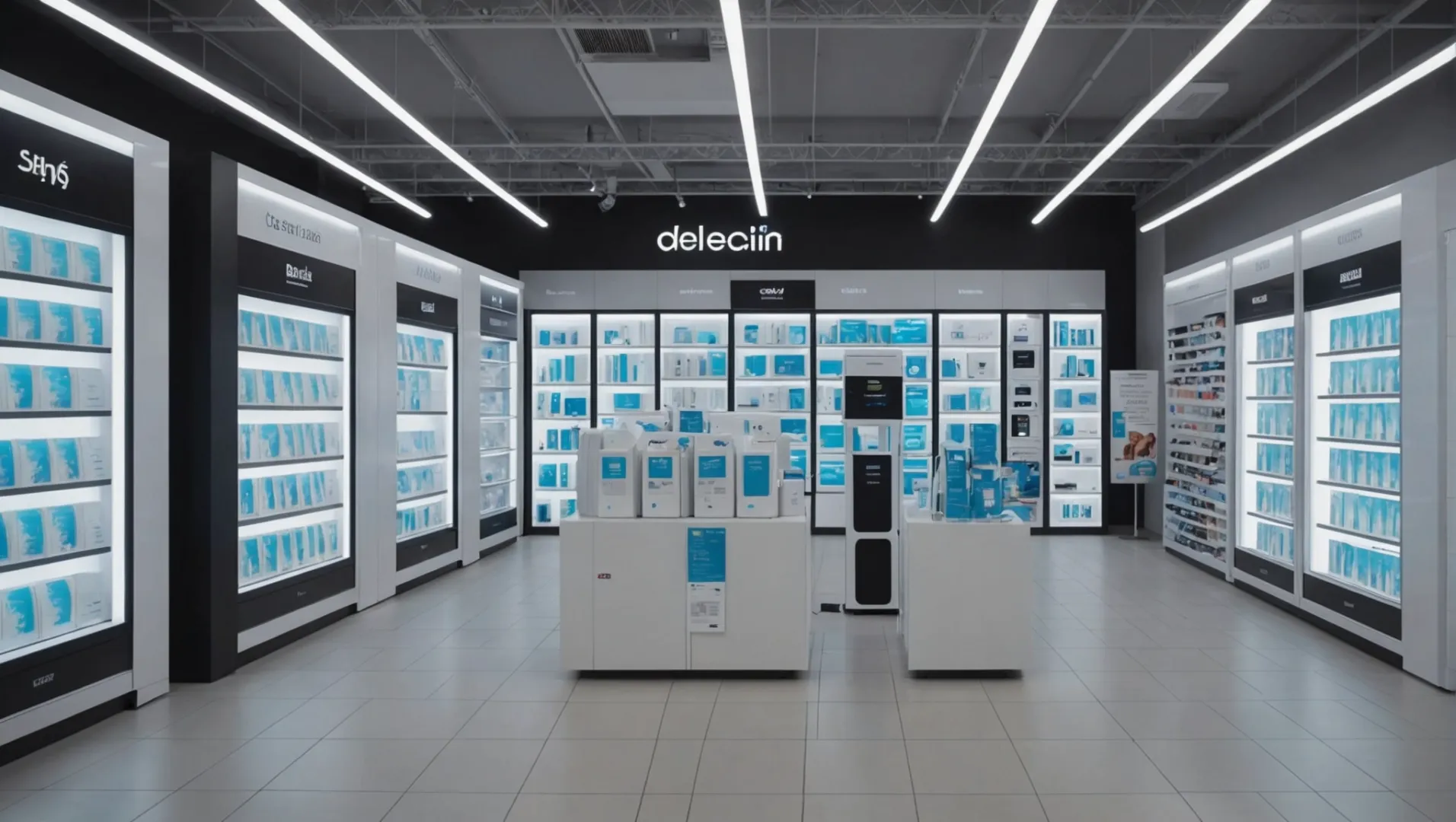
Livellare il campo di gioco
In un mercato in cui Costi di R&S6 e la scarsità orientano i prezzi, l'apertura aiuta a bilanciare la concorrenza permettendo a tutti i marchi di competere a condizioni simili. Quando i prezzi sono chiaramente indicati, i marchi più piccoli hanno l'opportunità di trovare il loro posto senza essere sopraffatti da quelli più grandi che potrebbero usare prezzi poco chiari a loro vantaggio.
Incoraggiare la responsabilizzazione dei consumatori
I prezzi aperti forniscono agli acquirenti i dettagli necessari per una scelta oculata. Si tratta di un aspetto fondamentale quando le persone spesso conoscono poco le caratteristiche dei prodotti. I prezzi chiari aiutano gli acquirenti a valutare ciò che offre ogni purificatore d'aria, consentendo loro di scegliere in base a elementi quali filtri di buona qualità, controlli intelligenti e basso consumo energetico.
Guida all'innovazione e all'efficienza
Con prezzi chiari, le aziende sono spinte a creare prodotti migliori per rimanere all'avanguardia. Questo può portare a nuovi metodi di purificazione dell'aria o a funzioni aggiuntive che soddisfano le esigenze degli acquirenti. Inoltre, l'apertura fa sì che i marchi migliorino il modo in cui lavorano per mantenere buoni prezzi, portando a una maggiore efficienza nella produzione e nella spedizione dei prodotti.
Creare una concorrenza leale
L'apertura dei prezzi favorisce una concorrenza leale, eliminando i trucchi dei prezzi. Spinge i marchi a competere sulla qualità piuttosto che sui costi ingannevoli. Questo scenario avvantaggia in egual misura acquirenti e venditori, assicurando che il business si concentri sull'eccellenza del prodotto, sulla creatività e sulla felicità del cliente invece che sulle spese nascoste.
Conoscendo questi fattori, i venditori possono utilizzare i prezzi aperti per scegliere strategie che migliorino la loro posizione sul mercato. Per chiunque operi nel settore dei purificatori d'aria, è fondamentale capire come i prezzi aperti plasmino la concorrenza. Per coloro che desiderano approfondire aspetti come marchio premium7è consigliabile un ulteriore approfondimento.
La trasparenza dei prezzi livella il campo di gioco per i piccoli marchi.Vero
I piccoli marchi competono bene senza essere messi in ombra dalle aziende più grandi.
I prezzi non trasparenti favoriscono l'innovazione nella tecnologia dei purificatori d'aria.Falso
Prezzi chiari, non nascosti, promuovono nuove idee incoraggiando una rivalità leale.
Come possono i retailer sfruttare la trasparenza dei prezzi per migliorare i risultati di vendita?
La chiarezza dei prezzi consente ai rivenditori di adeguare i piani di vendita. Questa azione si collega alla fiducia e alle speranze dei consumatori.
I rivenditori possono sfruttare la trasparenza dei prezzi promuovendo la fiducia, aumentando la fedeltà dei clienti e differenziando le loro offerte nel mercato competitivo, migliorando in ultima analisi i risultati di vendita. Questo comporta una chiara comunicazione dei costi, dei benefici e delle proposte di valore ai consumatori.
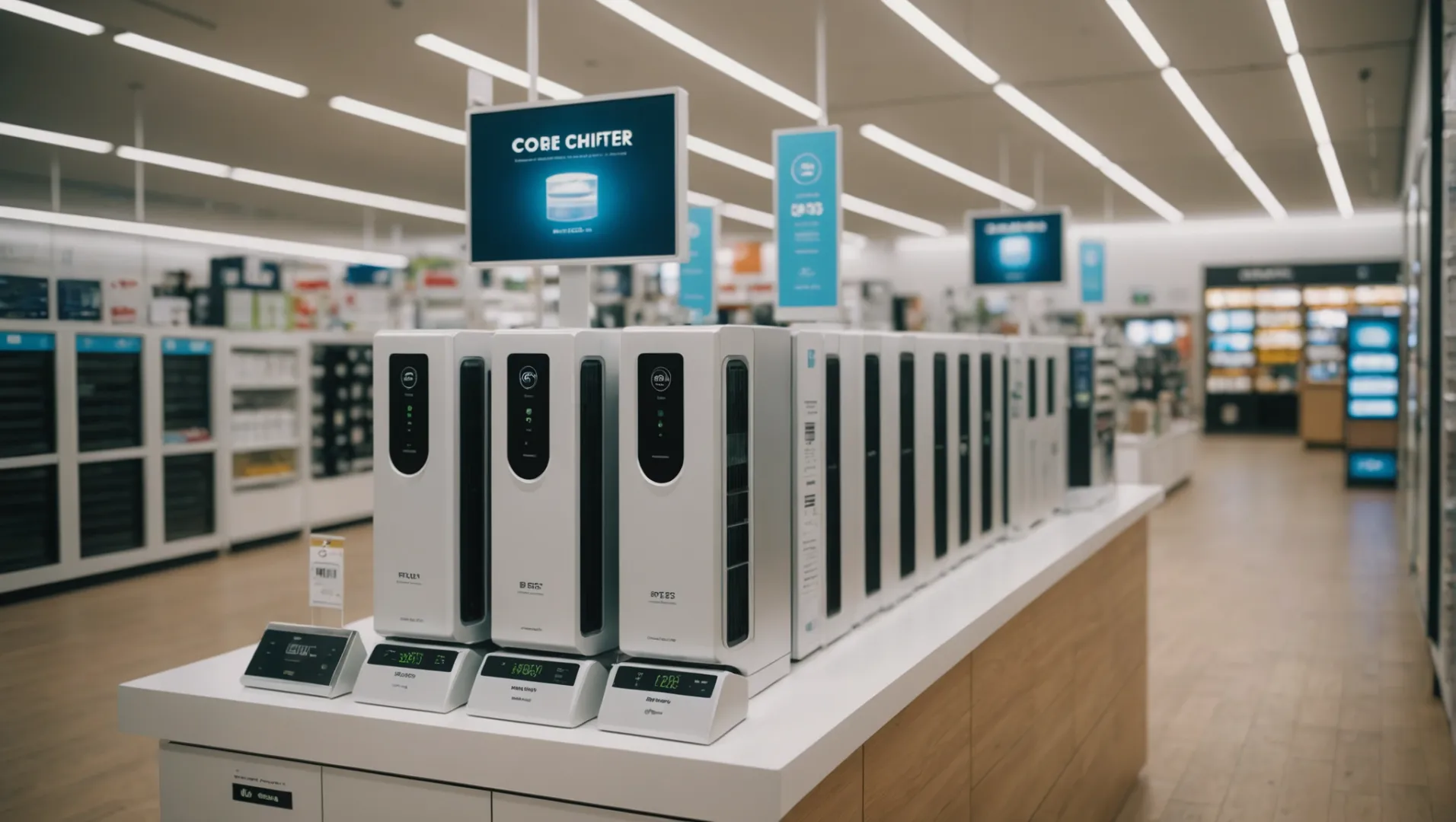
Costruire la fiducia con l'apertura
Quando i negozi condividono le informazioni sui prezzi in modo chiaro, gli acquirenti si fidano e sono tranquilli. I prezzi chiari rivelano i costi reali di articoli come i depuratori d'aria, mostrando se valgono il prezzo. Questo non solo crea fiducia, ma porta anche a maggiori vendite e raccomandazioni. Oggi le persone sono più informate e desiderano una maggiore trasparenza negli acquisti. È molto importante per le scelte di acquisto.
Soddisfare i desideri degli acquirenti
L'utilizzo di prezzi chiari nei piani di vendita può dimostrare che un negozio rispetta la correttezza e la verità. Se un negozio parla di dettagli sui costi come Spesa in R&S8 o pratiche verdi9Il negozio racconta una storia che attira le persone che hanno a cuore le questioni sociali. Questa corrispondenza può distinguere un negozio da altri che non si concentrano sull'essere chiari con i loro clienti.
Migliorare la posizione di mercato
Informazioni chiare sui prezzi possono distinguere un negozio nell'affollato mercato dei depuratori d'aria. Mostrando chiaramente vantaggi e costi, i negozi possono classificare i loro articoli come di alta qualità o economici, a seconda di chi vogliono attirare. Ad esempio, se si mettono in mostra filtri ad alta tecnologia o parti a risparmio energetico, si può spiegare il costo più elevato. Se si parla apertamente di risparmio, invece, si possono attirare gli acquirenti più attenti. Questo aiuta a raggiungere bene diversi gruppi di acquirenti.
Piani per l'utilizzo di prezzi chiari
Per utilizzare bene i prezzi chiari, i negozi hanno bisogno di piani incentrati sull'apertura e sulla condivisione delle conoscenze. Ciò può includere riepiloghi dettagliati degli articoli, ripartizioni dei costi e confronti con altri articoli simili. I negozi dovrebbero utilizzare strumenti online per fornire dettagli completi sul prodotto10che sono facili da trovare per gli acquirenti. Inoltre, insegnare ai venditori come parlare di questi aspetti contribuisce ad aumentare la fiducia che i prezzi chiari creano.
La trasparenza dei prezzi crea fiducia nei consumatori.Vero
Informazioni trasparenti sui prezzi creano fiducia e attirano i clienti di ritorno.
I rivenditori che utilizzano prezzi trasparenti non possono differenziarsi.Falso
L'apertura aiuta i negozi a diventare unici, rispondendo alle esigenze degli acquirenti.
Conclusione
La chiarezza dei prezzi aiuta la crescita della fiducia e offre un vantaggio competitivo. I rivenditori dovrebbero scegliere fornitori con prezzi chiari per soddisfare i clienti e migliorare la posizione sul mercato. Scegliete la trasparenza per ottenere migliori risultati commerciali.
-
Capire come la R&S influisce sui prezzi dei purificatori d'aria..: Le spese di produzione dei depuratori d'aria sono costituite da diverse componenti, tra cui i costi delle materie prime, della manodopera, delle spese generali e della ... ↩
-
Capire come la chiarezza dei prezzi favorisce una comunicazione aperta nelle partnership..: Quando le aziende richiedono trasparenza nelle loro catene di fornitura, possono operare in modo più conforme, ridurre il rischio d'impresa, migliorare il marchio ... ↩
-
Scoprite come gli investimenti in R&S influenzano i prezzi finali dei prodotti..: Se state definendo la strategia di prezzo dopo aver sostenuto i costi di R&S e questi sono irrecuperabili, non dovreste includerli. Spero che questo sia d'aiuto. ↩
-
Scoprite come la trasparenza dei prezzi aiuta a gestire efficacemente le carenze di fornitura..: La trasparenza dei prezzi è una delle numerose innovazioni del settore che sta aumentando il potenziale consumistico dell'assistenza sanitaria statunitense. ↩
-
Scoprite come la ricerca guida strategie di mercato efficaci per i prodotti..: Comprendere e migliorare la propria posizione di mercato può aumentare le vendite, definire mercati target più chiari e migliorare l'efficacia del marketing. Scoprite di più oggi stesso! ↩
-
Capire come i costi di R&S incidono sulle strategie di prezzo dei depuratori d'aria..: La dimensione del mercato globale dei depuratori d'aria è stata stimata in 15,94 miliardi di dollari nel 2023 e si prevede che crescerà a un CAGR di 7,1% dal 2024 al 2030. ↩
-
Esplorate il modo in cui la reputazione del marchio influisce sulla determinazione dei prezzi nel mercato..: Un marchio premium è un individuo, un'azienda, un prodotto o un servizio generalmente percepito come di migliore qualità e di valore eccezionale nella mente del mercato target. ↩
-
Scoprite come gli investimenti in R&S influenzano le strategie di prezzo dei depuratori d'aria..: La dimensione del mercato globale dei depuratori d'aria è stata stimata in 15,94 miliardi di dollari nel 2023 e si prevede che crescerà a un CAGR di 7,1% dal 2024 al 2030. ↩
-
Scoprite come la sostenibilità influenza le decisioni di acquisto dei consumatori..: Abbiamo appreso che i consumatori sostengono effettivamente le loro preferenze ESG dichiarate con il loro comportamento d'acquisto. Questo studio ha rivelato, in linea di massima, in molti ... ↩
-
Scoprite perché le informazioni dettagliate sui prodotti sono fondamentali per il successo della vendita al dettaglio..: Informazioni insufficienti, di scarsa qualità o mancanti su un prodotto possono portare a una riduzione delle vendite al dettaglio. Misurare le informazioni sui prodotti online ... ↩


